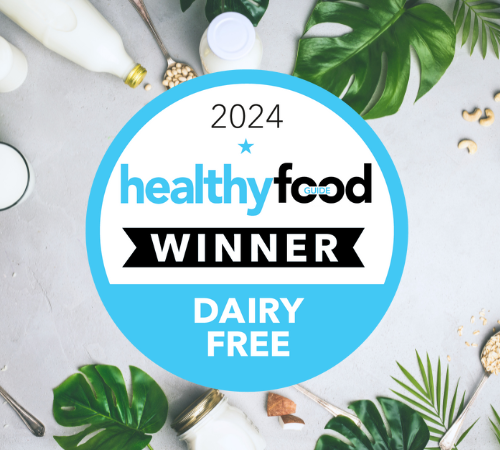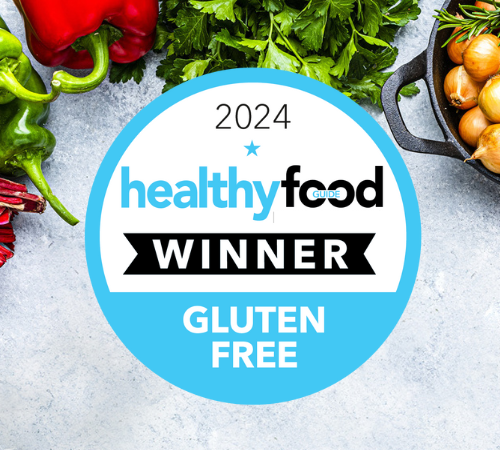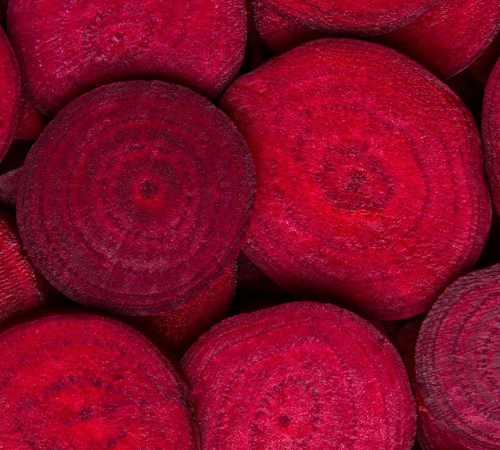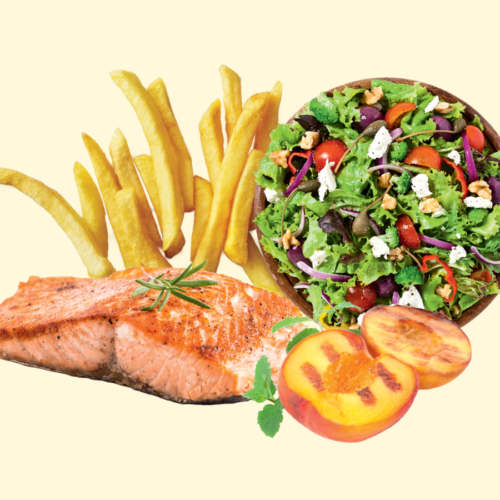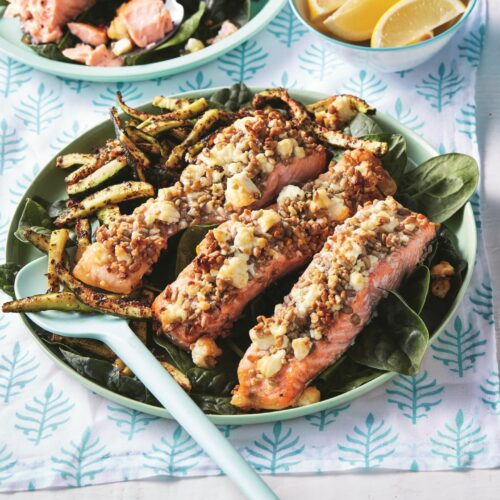
Rise and shine, it’s breakfast time! Healthy Food Guide gives you tips on building your best dietitian-approved and gluten-free breakfast of champions.
A good breakfast is a great way to start your day. A healthy morning meal gives you energy and provides plenty of essential vitamins and minerals. Cereal is a popular choice — but if gluten is off the menu, navigating the cereal aisle can be tricky.
What’s on the gluten-free shelf?
Flakes and bricks
There’s a vast range of flakes and bricks available, from healthy, fibre-filled options to sugary, low-fibre choices. Gluten-free versions of many classic cereals are also available. Use the per 100g column to compare brands and aim to go for cereals that are higher in fibre and lower in sugar.
Muesli
Grain-based muesli is made from gluten-free grains, like rice and buckwheat, and has nutritious additions, like nuts and seeds. Untoasted varieties with little added sugar are a healthy muesli choice.
Grain-free muesli is often marketed as low carb or paleo. Made with nuts and seeds, they can be energy-dense and high in saturated fat found in coconut and coconut oil. They aren’t the healthiest day-to-day option and are usually very pricey!
Porridge
A new wave of gluten-free porridges have hit supermarket shelves in recent years, made from nutritious gluten-free grains like quinoa and rice in place of the traditional oats. Plain, unflavoured porridge varieties are a smart choice.
Portion perfection
A healthy portion of cereal is…
- 1½ cups of flakes
- ½ cup dry muesli or porridge
- 2-4 bricks
Sensible cereal criteria
Watch for added…
➜ Sugar: Honey, maple syrup and rice malt syrup are classified as added sugar, which is best minimised. Words like dextrose, fructose and glucose also indicate added sugar. Compare brands using the per 100g column to find the lowest sugar content. Less than 15g per 100g is your target, but if your cereal contains dried fruit, a little more is okay.
Bump up the …
➜ Fibre: Gluten-free products can be lower in fibre than their gluten-containing counterparts, so look for cereals packed with fibre-filled gluten-free ingredients like whole grains, nuts and seeds. Fresh fruit and a sprinkle of nuts and seeds over your brekkie bowl will bump up your fibre intake.
➜ Protein: Pair your cereal with cow’s milk or plain unsweetened yoghurt for a boost of hunger-busting protein. If you don’t eat dairy, try calcium-fortified soy milk or yoghurt for a plant-based protein hit.
Shop like a dietitian
Here’s what to look for on the back of a gluten-free cereal box:
✓ Made with at least 50 per cent gluten-free whole grains, such as brown rice, corn, quinoa, buckwheat or amaranth
✓ More than 5g fibre per 100g
✓ Minimal added sugar
✓ Less than 3g sat fat per 100g
For more advice on eating healthy on a gluten-free diet, we recommend:
www.healthyfood.com



